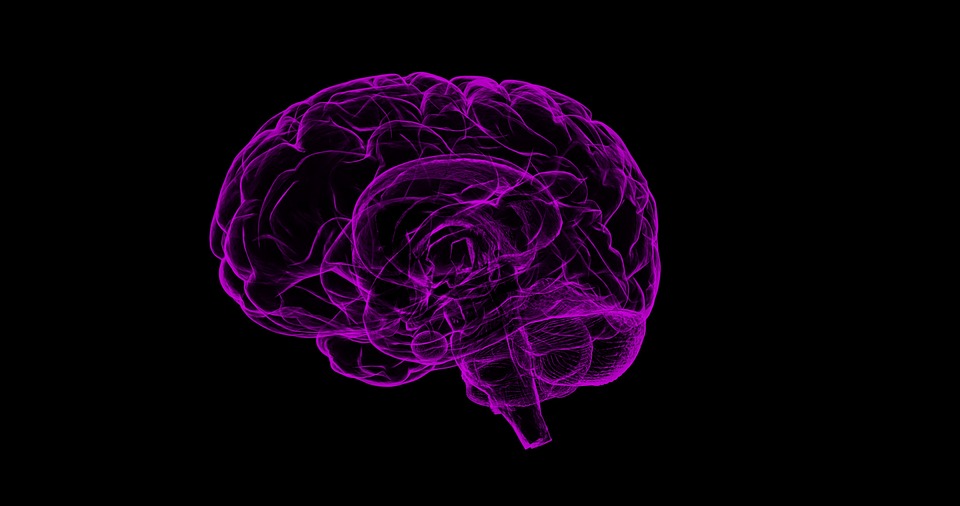
The mind-body health connection is the idea that our health is determined holistically by our mind and our body. Our thoughts and emotions can impact our physical health, and our physical health can impact our emotions and cognitions. Thus, when addressing wellness, we must understand this connection and address health on both fronts.
The Autonomic Nervous System
In order to understand how our bodies and brains are connected, it is important to understand our autonomic nervous system. The autonomic nervous system is responsible for bodily functions that are not consciously directed, such as our breathing, heartbeat, and digestion. The autonomic nervous system can be in an activated (sympathetic) state or in a relaxed (parasympathetic) state. When our autonomic nervous system is in an activated state, our bodies are perceiving a threat and we are in what is commonly known as “fight or flight” mode. During this activated state our heart rate increases, our muscles tense up, and adrenaline floods our body. The relaxed or parasympathetic state is when we enter a healing and recovery state. Our bodies are relaxed and no perceived threat is felt.
Why do we get stuck in the “Fight or Flight” Mode?
Ideally, we want our bodies to enter the parasympathetic state once a perceived threat is resolved. However, many of us get stuck in an activated or sympathetic state despite there being no perceived threat present. We are in a constant state of stress and struggle to enter into the parasympathetic state. This can have devastating effects on our bodies (Chiang et al., 2018). A potential reason why this is the case has to do with the health of our nervous system.
What is the Vagus Nerve and Vagal Tone?
The vagus nerve serves as a pathway for the parasympathetic nervous system, contributing to our relaxation, healing, and recovery. The vagus nerve connects our brain down to our abdomen while branching out to other organs such as the ears, throat, lungs, and heart. A healthy vagus nerve means your body can healthily switch out of the sympathetic state into the parasympathetic state. Researchers determine how healthy our vagus nerve is functioning by measuring what is known as our “vagal tone.” Vagal tone uses heart-rate variability (HRV) which is the measurement of time between heartbeats. A healthy vagal tone is one with a high HRV. This is because a higher HRV leads to a faster recovery time. The negative impacts of poor vagal tone include anxiety, hypertension, and IBS.
How to strengthen the vagal tone?
Improving the health of our vagal tone can help improve our overall wellbeing. Research has shown that a healthy vagal tone can lead to better emotional regulation including adaptive emotional regulation strategies such as reappraisal and acceptance (Edwards et Pinna, 2020; Porges et al., 1994). This means a better ability to manage stress.
Recent research has shown practical ways to improve your vagus nerve health. Slow-and-deep breathing has been shown to improve vagal tone and thus improve symptoms of anxiety (Magnon et al., 2021). Research has also shown that brief and daily mindfulness activities can improve vagal-tone health and reduce mental fatigue and increase vigor (Balconi et al., 2018).
By practicing mindfulness, deep breathing, and focusing on toning your vagus nerve, we can see real improvements in our stress management and overall well-being.
